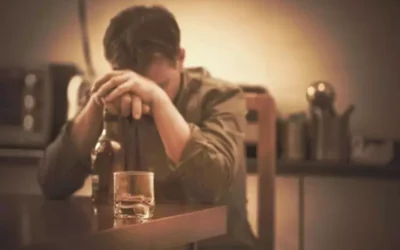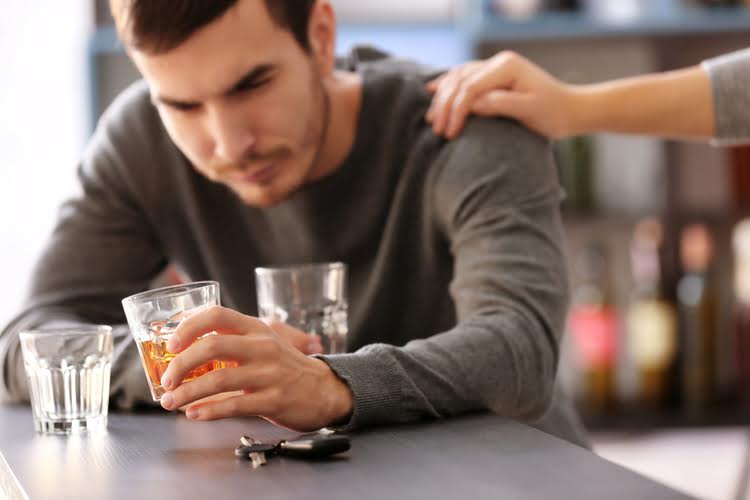This influence of other people on how we behave and act is known as social pressure or peer pressure. Peer influence is also defined as a feeling that one must do the same things as the people in our social circle and age group to be accepted as a part of that group. The consequences of peer influence may be well‐established, but its motives and functions are not. The model advanced herein https://ecosoberhouse.com/ is not specific to adolescence, but it is particularly relevant to this period of heightened vulnerability to peer influence. Emerging evidence supports the basic tenets of the influence‐compatibility model, and we suspect that the next decade in review will provide new insights into the manner and purpose of peer influence and its role in interpersonal and intragroup compatibility.
Take Your Time
- Spoken peer pressure is when a teenager asks, suggests, persuades or otherwise directs another to engage in a specific behavior.
- Once a child begins seeing themselves as a part of a community, the desire to fit in may occur for better or worse.
- We discuss why adolescents are especially vulnerable to peer influence and how this contributes to developmental changes in conformity.
Some of the first experiments on conformity involved college students, who famously changed their reports of perceptions of objects in response to diverging reports from confederates (Asch, 1956). When applied to youth, it became clear that conformity responses increased across childhood, peaked during early adolescence, and declined thereafter (Costanzo & Shaw, 1966). A recent study replicated the inverted U‐shaped developmental trend found with perceptual conformity tasks; again, the greatest response shift occurred in early adolescence (Large et al., 2019).
- Early sociological (Hughes, 1945) and social psychological (Festinger, 1954; Schachter, 1951) characterizations of small groups emphasized social comparison processes that facilitated uniformity.
- Enter your email address – we’ll keep you informed on the latest news and share resources for parents and mentors.
- Examples of negative peer pressure include trying to talk someone into trying drugs, cigarettes, alcohol, and sex.
- There has been an upsurge of research on adolescent peer influence during the past decade.
Parents Can Be the Most Powerful Influence in a Teen’s Life

A process through which members of a relevant social group (e.g., similarly aged peers, friends, coworkers) exert social influence on others to conform to norms specifying appropriate thoughts, feelings, or actions. Peer pressure often involves the explicit or implicit threat of punishment if group norms are ignored or rejected. Unspoken peer pressure can play a significant role in substance use.If friends are drinking, smoking, or using drugs, someone who would avoid using these substances on their own may feel that participation will help them fit in with friends. Seeing peers use substances regularly can also give the impression that the substances are safe to use or won’t have any negative effects. Rather than worrying about the effects of their children’s friendships, parents would do well to focus on creating a positive, supportive home environment.
The Primacy of Peers in Adolescent Culture
Why do our friends want us to drink and dislike it when we don’t? – The Conversation
Why do our friends want us to drink and dislike it when we don’t?.
Posted: Wed, 28 Dec 2016 08:00:00 GMT [source]
In this review, we summarize recent findings that reinforce these conclusions and turn our attention to explaining the functions of peer influence. Peer pressure, a term you’ve likely heard since your school days, continues to play a significant role in decision-making well into adulthood. This influence can be particularly impactful when it comes to decisions about drug use, sobriety, and undergoing therapy for addiction recovery. Understanding how peer pressure can impact your choices is crucial in navigating your journey to lasting recovery.
It’s essential to reassess your social circles and ensure they align with your goals for sobriety and well-being. By educating yourself and building a recovery-centric support system, you’re setting yourself up for success. With the right tools and mindset, you’re more than capable of overcoming its challenges and staying true to your recovery journey. Indirect peer pressure is similar to unspoken pressure in that it is subtle and not explicitly stated but can still strongly influence an impressionable young individual. For instance, when a teen overhears their friend gossiping about another person and then reacts to the gossip, that is considered indirect peer pressure.
A long list of undesirable individual characteristics has also been linked to friendship instability, consistent with the logic that some children are difficult company (Poulin & Chan, 2010). We have known for some time that peers exert considerable influence over deviant and antisocial behavior. Confidence in these conclusions is bolstered which of the following is a type of indirect peer pressure? by recent research deploying sophisticated methodological procedures that both eliminate confounds and rule out alternative explanations. New evidence unpacking the etiology of problem behavior indicates that delinquency spreads among affiliates in a peer network, independent of substance use (Haynie et al., 2014; McMillan et al., 2018).
- Here, we’ll talk about the different types of peer pressure and how young individuals can resist the temptation to give in.
- Guidance will include measures identified in paragraphs (C)(11) through (13) of this section.
- Being pressured by peers can be a stressful experience, whether it happens in person or online.
- Understanding how peer pressure can impact your choices is crucial in navigating your journey to lasting recovery.
- However, it is important to note that peer pressure can also sometimes be positive.
Overcoming Negative Peer Pressure
If members of the football team take a pledge to abstain from drinking alcohol to focus on staying healthy and having a winning season, other students may adopt the same behavior. Asking a young teenager to engage in behavior that is against their moral code or family values is a type of negative peer pressure. Teens see the actions of other teens with stronger personalities and are put in a position of following the leader or walking away. It’s not uncommon for teens with strong morals to find themselves engaging in behavior that goes against their beliefs, simply because they want acceptance. Young people often lack the skills to come up with an excuse or reason to say no to negative peer pressure.


